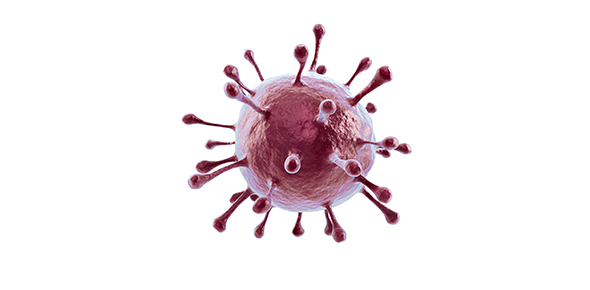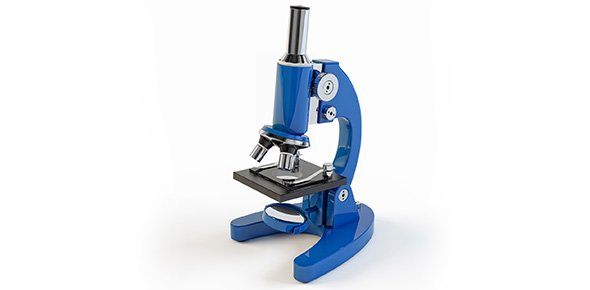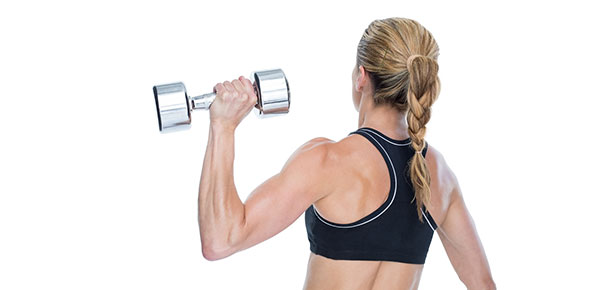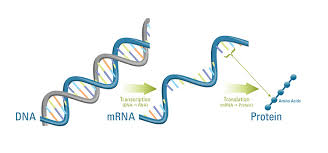Related Flashcards
Cards In This Set
| Front | Back |
|
Major features of mammals
|
Homeothermy/endotherms, 4 chamber heart, hair, heterodont teeth, mammary glands, limbs under body, jaw bone modified into middle ear (malleus, quadrate & incus), Synapsids, internal fertilization, collapsable lungs with diaphragm, kidney specialized to eliminate urea, increased parental care of newborns, neocortex of brain develops, amniotes (some of these traits are not exclusive to mammals)
|
|
Name the subclasses of mammalia
|
Theria and Prototheria
|
|
What are the two infraclasses of Theria?
|
Eutheria and Metatheria
|
|
What is the infraclass of Prototheria?
|
Ornithodelphia
|
|
Name the order(s) in subclass Prototheria and the organism(s) it contains
|
Monotremata - Platypus, echidnae
|
|
Name the infraclasses and order(s) of Theria and name some organisms in this subclass.
|
Infraclasses and Orders: Metatheria: Marsupalia: kangaroos, koalas etc.Eutheria: Proboscidia (Elephants), Sirenia (Manatees), Xenartha (sloths), Rodentia/Primates (rats, monkeys) and Carnivora/Chiroptera (Wolves, Bats)
|
|
With viviparous mammals, what do the Marsupials and Eutherians share in derived traits?
|
Higher metabolic rates because internal gestation takes more energy, nipples provide milk, and they give birth to live young. The young are more dependent on adults for care.
|
|
To determine a potential common ancestor for a given cladogram, what would be helpful?
|
It would be helpful to think about what the previous animal class or group is and build an intermediary that has all of those traits, but none of the derived traits in the provided cladogram. It's possible they had different, ancestral or primitive forms of the derived traits but would not have the actual modified trait.
|
|
What are programs like the MacClade program helpful for? In other words, why is a cladogram program useful?
|
The MacClade program enables us to analyze and explore phylogenetic hypotheses about character evolution based on a set of data collected about a group of related organisms. The data can be genetic, behavioral, morphological etc.
|
|
What happens (in terms of evolution) when you rearrange the order of derived traits on a cladogram?
|
You rearrange the order of evolution and the common ancestry between taxa.
|
|
Describe what a cladogram is based on and how it is organized (including parsimony but elaborate)
|
A cladogram is based on a character matrix which shows who has a trait and who lacks it. Grouping the species by derived similarity makes the cladogram more parsimonious.
|
|
How can you make a cladogram more parsimonious? What changes about the cladogram in evolutionary terms?
|
To make a cladogram more parsimonious, you can join two clades that share a derived trait thereby reducing the number of times the character has evolved. The cladogram becomes more evolutionarily simple and reduces the number of duplicated evolutionary steps of that particular derived trait.
|
|
In the MacClade Cladograms, describe how the cladogram is affected by rearranging derived traits and the general trends produced in terms of the shape or size of the phylogenetic tree.
|
The tree length in the cladogram is the sum of evolutionary steps. The less steps, the shorter the tree is and the shorter the tree is, the more parsimonious it is.
|
|
What is a potential flaw in organizing a cladogram using the most parsimonious organization without investigating other possibilities?
|
A flaw would be that not all organisms evolved the derived trait from the same lineage and it is possible that the derived trait actually did evolve at separate times (analogous) to one another. Similar environmental selection pressures could produce a derived trait in two different lineages of organisms that are not actually related, so grouping them together would not be evolutionarily accurate.
|
|
In order Monotremata, what are the correlated infraclass, subclass, and an example organism? What is their reproductive strategy?
|
Subclass: PrototheriaInfraclass: OrnithodelphiaExample Organism: PlatypusReproductive strategy: Ovipary
|







